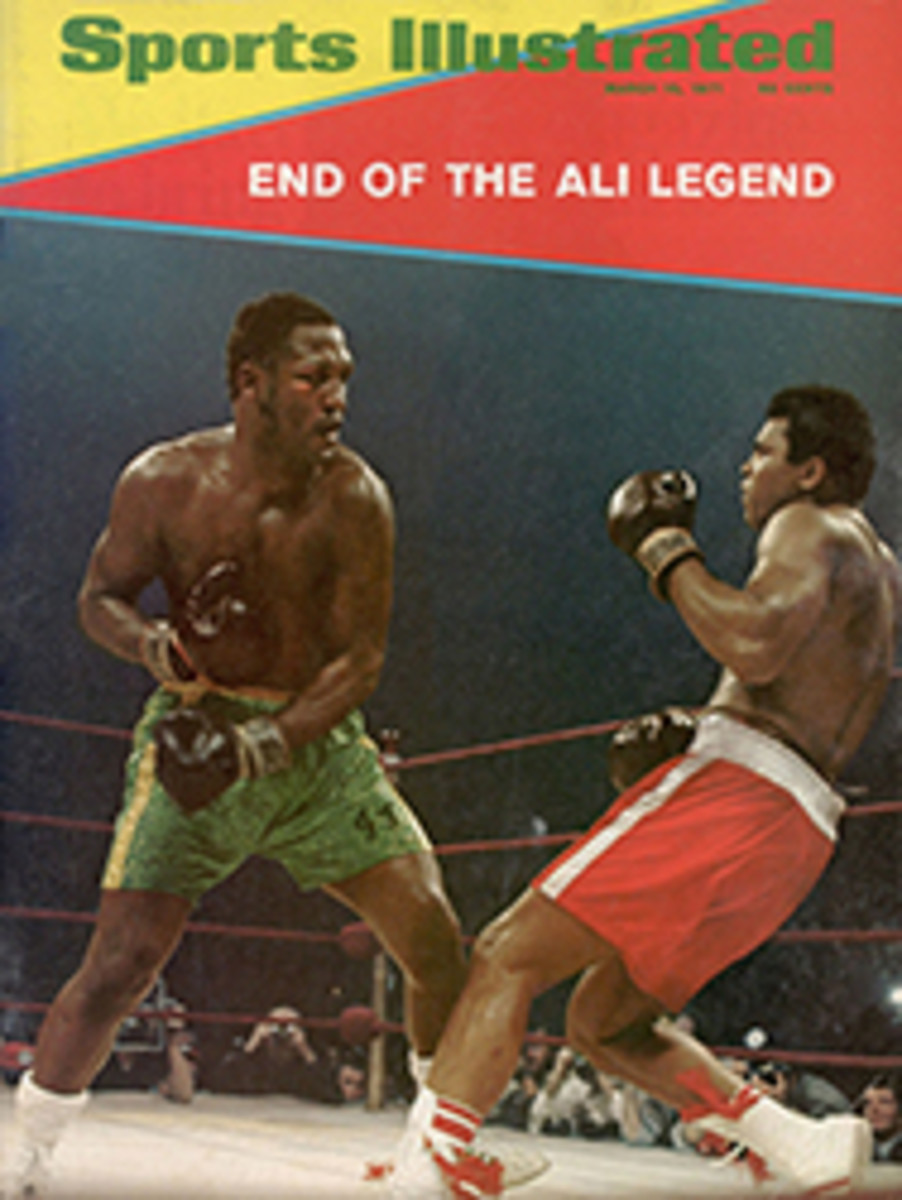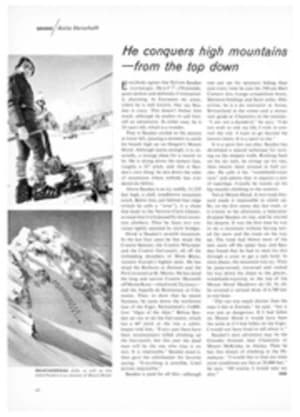
A fine equestrienne explains when to buy—and not buy—a child her own horse
The unhorsy tend to think that there are only two basic riding styles in this country: Eastern, like you see in the park; Western, like you see on TV. Actually, Eastern riding itself is divided into two distinct categories: the hunting style used by jumpers and a nonjumping style known formally as saddle seat equitation. There is in all likelihood no greater living authority on the latter style of riding than Helen K. Crabtree, with whom I once collaborated on The Sports Illustrated Book of Gaited Riding. Now Helen has written her own book, Saddle Seat Equitation (Doubleday, $7.50), for beginners in that style. No parent new to the horse-show trail will find more solid information on how to get a youngster started along it or sounder guidance on whether she should get started at all.
"Why buy a horse?" Mrs. Crabtree asks. "There can be only one good answer to this question. We buy a horse when we need one—when the rider has mastered all that the lesson horse can do." To buy a horse for little Emily just because the Smiths bought one for their daughter is a mistake. "Do make sure," she urges all parents, "that the rider is both capable and deserving."
She also explains the financial arrangements of a purchase, enlightening the prospective check writer and helping to avoid misunderstandings between trainer and customer over these details. "Many times parents avoid discussing the actual mechanics of buying a horse," writes the author, "because they are afraid that their questions may be taken as an expression of doubt, and then there may be those who are loath to admit that they do not know everything about the horse business!"
Once the horse is selected, she warns, "You must take that long look ahead and make sure that both the horse and the rider will reach the peak of perfection together. It simply takes time, and there are no shortcuts."
Once the horse is obtained, Mrs. Crabtree goes on to describe in detail how to handle and ride it, covering everything from proper position in the saddle to correct clothing. She starts with the simplest riding information ("My grandchildren are now on page 29," she said recently, "the second lesson"), goes on to the first horse show and ends with advanced equitation riding for those with national championship ambitions and/or talents.
There is even a down-to-earth chapter in the book on how to become a teacher—though not necessarily a teacher as expert as Helen Crabtree herself. That, as Annie Oakley put it, must come naturally.

